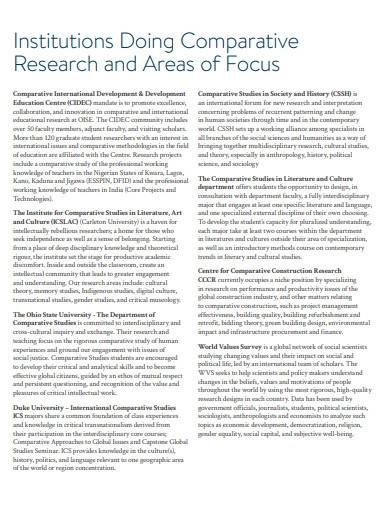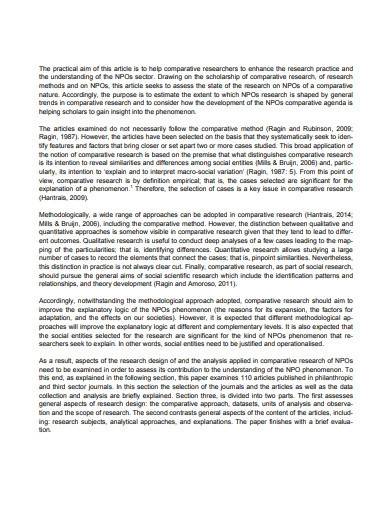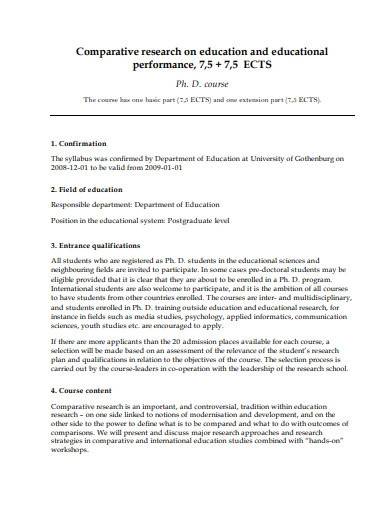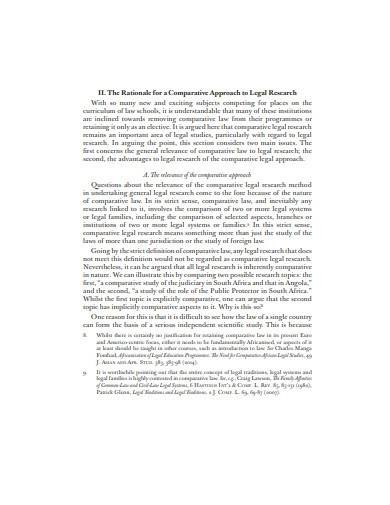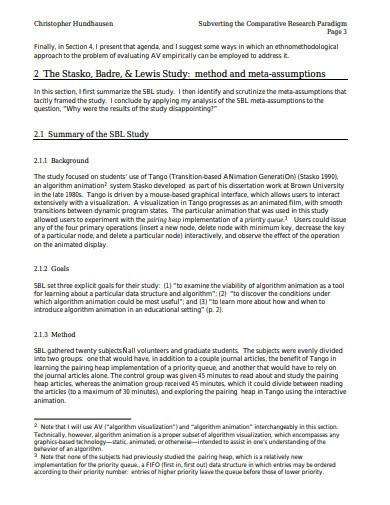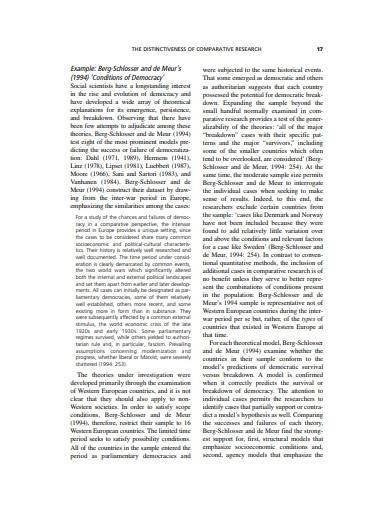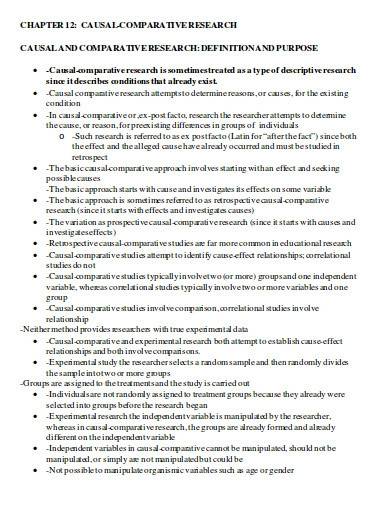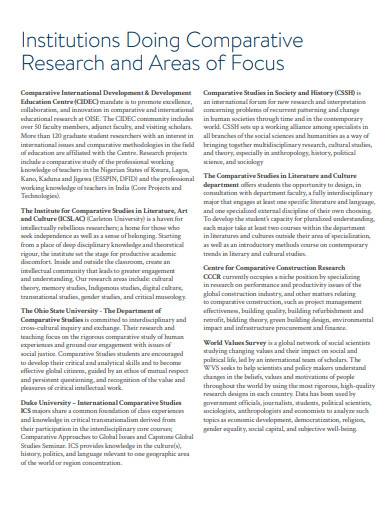Comparative research typically involves identifying two or more groups or phenomena and then examining them in terms of their similarities and differences. The purpose of comparative research is often to identify best practices, evaluate the effectiveness of policy documentation or program management, or to better understand cultural differences and similarities.
FREE 10+ Comparative Research Samples & Templates in PDF | MS Word
1. Comparative Research Template
2. Comparative Research on NGO
3. Sample Comparative Research on Education
4. Format of Comparative Research Template
5. Comparative Education Research Template
6. Formal Comparative Research Template
7. Professional Comparative Research
8. Distinctiveness of Comparative Research Template
9. Causal and Comparative Research Sample
10. Developing Comparative Research on Education
11. Rural Development Comparative Research
What is Comparative Research?
Comparative research is an important tool used in many fields to compare different phenomena, concept proposal, or groups of individuals. This type of research helps identify similarities, differences, and patterns, and is used to evaluate the effectiveness of policies or programs, identify best practices, and better understand cultural differences and similarities.
How To Make Comparative Research?
Comparative research can be conducted using a variety of methods, including quantitative research and qualitative research approaches. Some common techniques used in comparative research include survey samples, narrative interview report, case study sample, and experiments. The choice of method depends on the research question and the types of data that are available. Making a comparative research involves several steps that researchers can follow to ensure a well-designed and well-executed study. Here are the steps involved in making comparative research:
Step 1- Identify Research Question
Step 2- Choose the Appropriate Method
Step 3- Collect and Analyze The Data
Step 4- Communicate the Results
What are the different types of comparative research?
There are different types of comparative research, including cross-sectional, longitudinal, and cross-national.
What are the benefits of comparative research?
The benefits of comparative research include identifying best practices, evaluating the effectiveness of policies or programs, and understanding cultural differences and similarities.
How do I choose the appropriate research method for comparative research?
The choice of research method depends on the research question and the types of data that are available. Researchers need to consider the strengths and weaknesses of each method and choose the one that is most appropriate for their research question.
In conclusion, comparative research is an important tool used in many fields to compare different phenomena, concepts, or groups of individuals. By understanding the different types of comparative research, research methods, and data analysis techniques, researchers can conduct a well-designed and well-executed study that produces valid and reliable results.
Related Posts
FREE 14+ Sample Music Concert Proposal Templates in MS Word | Google Docs | Pages | PDF
FREE 10+ Security Guard Contract Samples in PDF | MS Word
FREE 10+ Assurance Agreement Samples In MS Word | Google Docs | Apple Pages | PDF
FREE 10+ Option to Purchase Agreement Samples in MS Word | Apple Pages | PDF
FREE 26+ Curriculum Form Samples in MS Word | PDF
FREE 20+ Cleaning Service Proposal Samples in PDF | MS Word
FREE 29+ Sample Loan Application Form Templates in MS Word | PDF
FREE 10+ Event Venue Contract Samples in PDF | MS Word | Pages | Google Docs
FREE 10+ SBAR Samples in PDF | DOC
FREE 12+ Music Band Contract Templates in PDF | MS Word
FREE 10+ HVAC Maintenance Contract Samples in PDF | MS Word
FREE 10+ Social Media Marketing Contract Samples in MS Word | PDF
FREE 10+ Wholesale Assignment Contract Samples in PDF
FREE 18+ Financial Proposal Samples in PDF | MS Word | Google Docs | Pages
FREE 10+ Feasibility Study Samples in PDF

